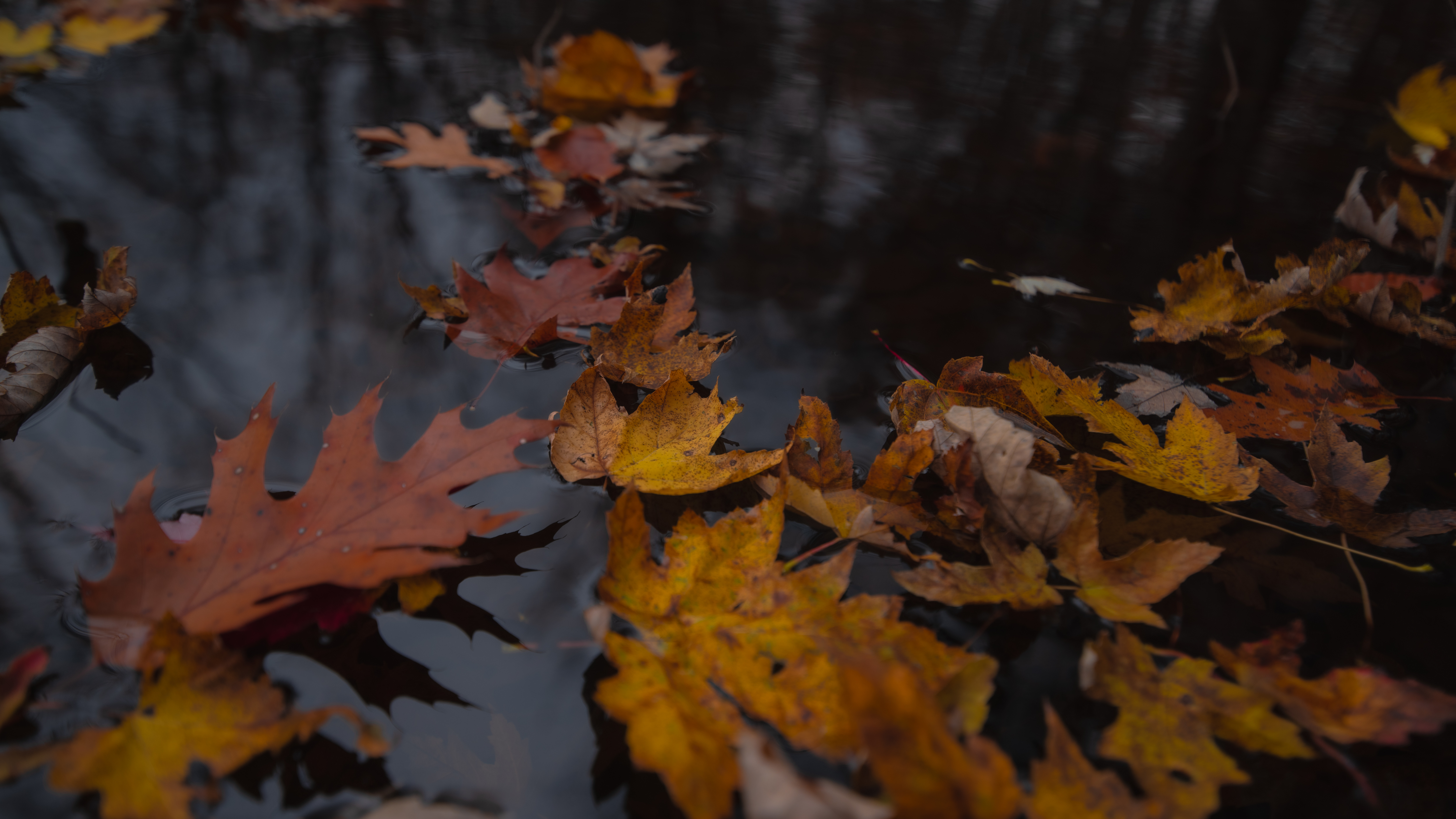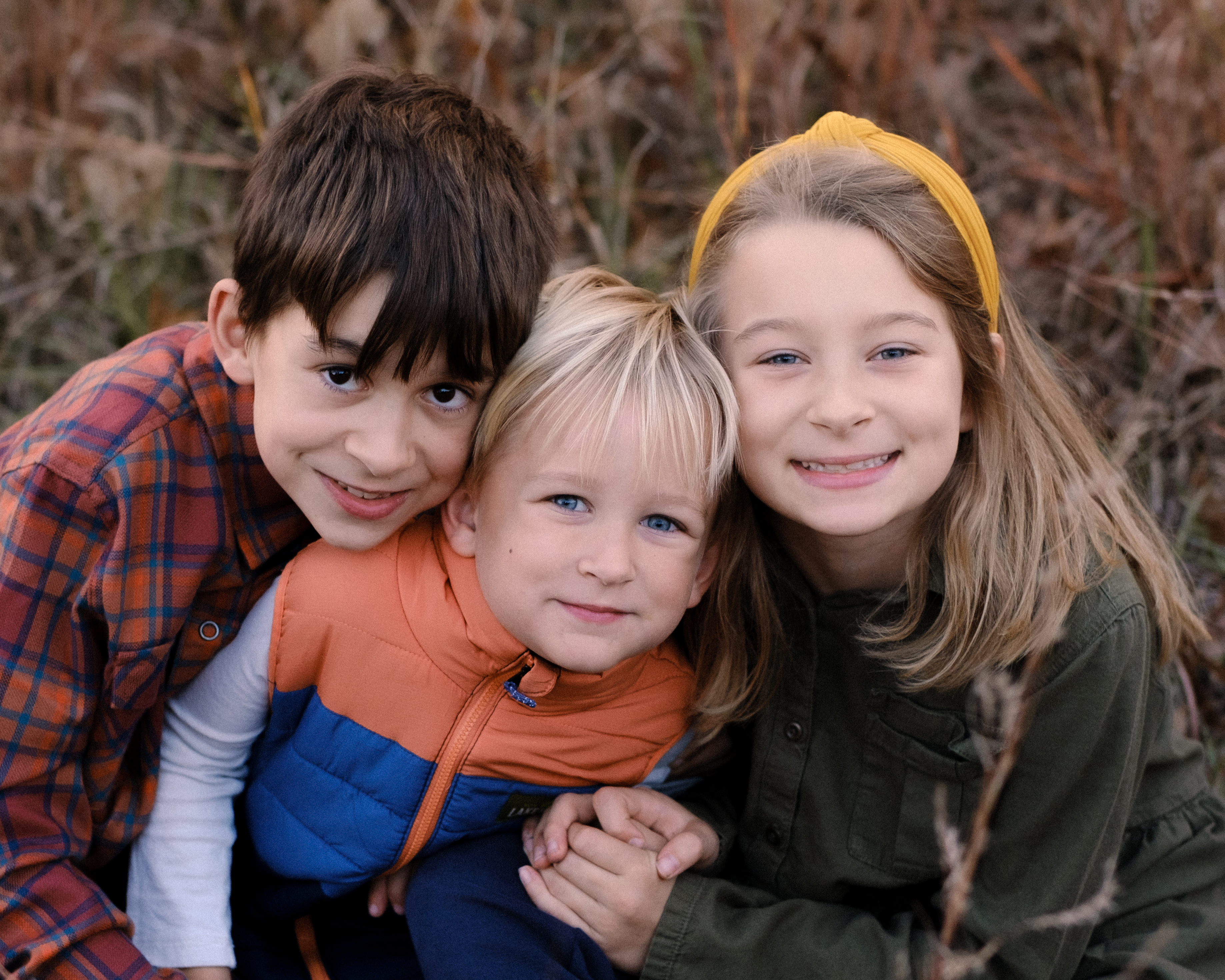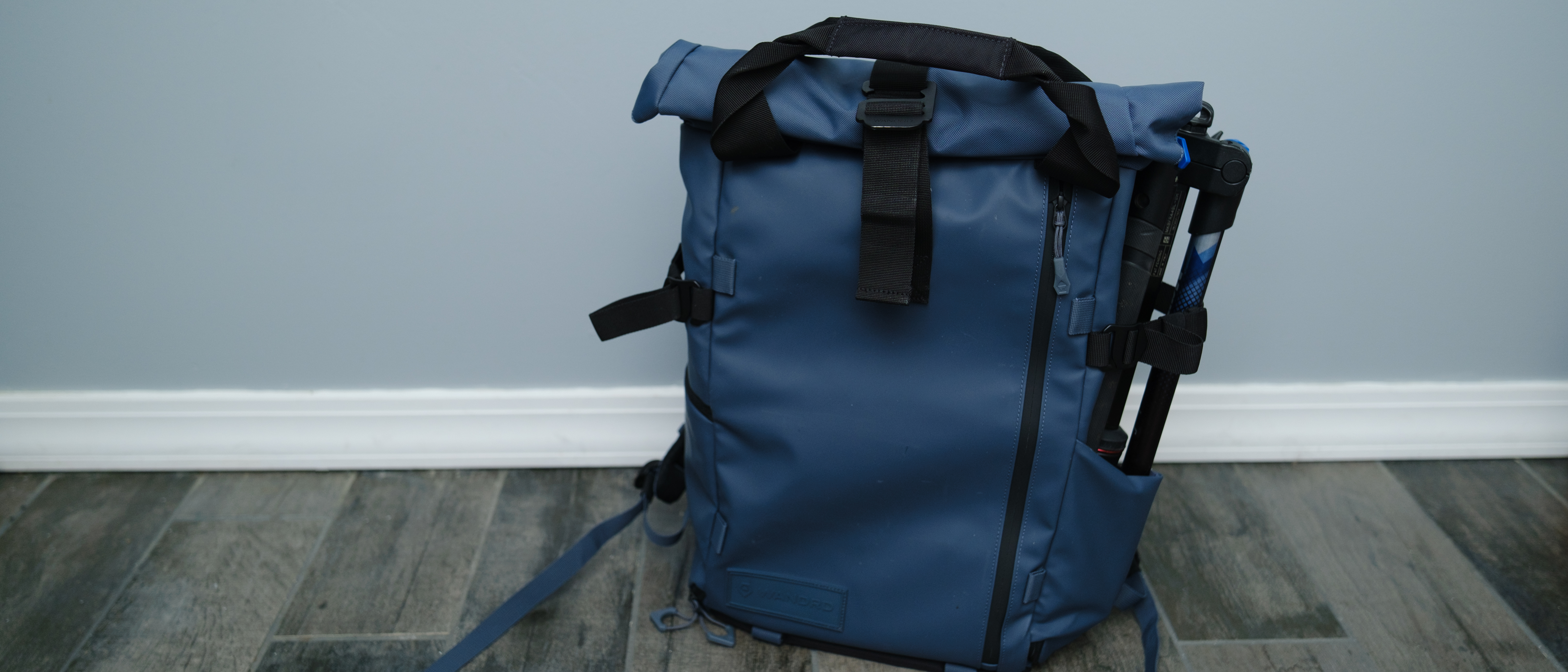Fall’s peak colors get all the attention, but I actually love taking photos after the color begins to fade. This is why
Miss peak color? Late fall is still an excellent time for photographs – and it's because of color casts

In temperate climates, fall is a busy season for photographers as the trees put on their annual orange, red and yellow color show. But fall’s peak colors seem to only last a week or two. Last year, I missed peak color. But as I took photos in the rusty earth tones of late fall, I realized just past peak color may actually still be one of the best times of the year for photography.
When I think of fall colors, I think of the bright orange, pops of red and vivid yellows. But later in the season, those colors become less saturated, shifting from vibrant tones to warmer earth tones as the leaves begin to fall from the trees.
The late fall colors may be less in-your-face impressive, but I actually prefer these less saturated colors for portraits. While the vibrant colors make for some impressive landscapes, earth tones keep the attention on the people in the photograph, not the leaves.
But there’s another reason that I like the less saturated colors of fall for portraits, and it’s called color casts. When light bounces off a colored object, the light that bounces back takes on some of the color of whatever it bounced off. That means if you’re wearing a red shirt, your skin may look a little red, and if you are standing on a blanket of bright red leaves, your skin may also take on a more reddish tone.

This is also one of the reasons that a lot of portrait photographers edit the colors so that the green grass of summer isn’t quite so green. One, summer’s bold greens can feel a bit distracting in a portrait. And two, standing on green grass can make skin tones take on a more greenish tint.
Professional photographers know how to work with color casts, using strobes and post-processing to keep skin from taking on the colors of the surroundings. But taking portraits in late fall creates the colors that many photographers naturally edit for, with less saturated greens and earth-toned trees filling the background.
I’d take a field of dead brown grass over green any day – and that’s far easier to find in late fall. Standing with brown at your feet is like standing over a warm-toned reflector, which bounces back warm light. That’s much more flattering for skin tones than reflected green light, especially in natural light photography.
The best camera deals, reviews, product advice, and unmissable photography news, direct to your inbox!
My point is that it’s okay if you’ve missed this year’s peak color season. The less saturated earth tones of late fall are among my favorite times of the year to take photos. Now if only I could find inspiration in that phase of winter where it’s all mud and no snow.
You may also like…
Browse the best cameras for portraits or the best portrait lenses.

With more than a decade of experience writing about cameras and technology, Hillary K. Grigonis leads the US coverage for Digital Camera World. Her work has appeared in Business Insider, Digital Trends, Pocket-lint, Rangefinder, The Phoblographer, and more. Her wedding and portrait photography favors a journalistic style. She’s a former Nikon shooter and a current Fujifilm user, but has tested a wide range of cameras and lenses across multiple brands. Hillary is also a licensed drone pilot.
You must confirm your public display name before commenting
Please logout and then login again, you will then be prompted to enter your display name.
